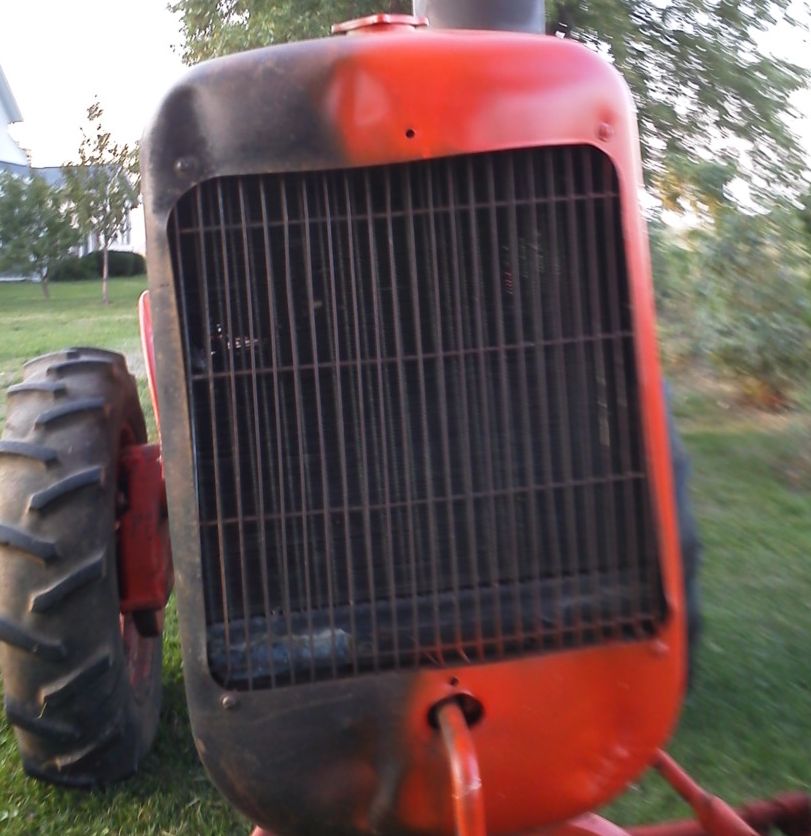 jaybmiller wrote: jaybmiller wrote:
me to the conclusion the gauge unit is 'slow'. ...Maybe too much mechanical tension on the dial guts? If I was super concerned I'd buy another and try it. |
That's about the best SIMPLE way to put it, Jay. Typically mechanical temperature gauges work in one of two ways- first is by conducting heat from the sensor end to a bimetallic strip inside the gauge, the other, is by having some sort of expanding material exert pressure on a bourdon tube:
https://www.flowcontrolnetwork.com/what-is-a-bourdon-tube/If you cut open most mechanical temp gauges, you'll find that the 'sensor' end has a waxy substance in it... and that's what it is... a type of paraffin... and it's probably solid. When warmed, it liquifies AND expands, and because of the volume of space inside that end, it will expand some known amount from starting to ending temperature, and that expansion exerts pressure on the Bourdon tube inside the gauge, causing it to deflect, and pull (either directly, or by a lever or gear segment) the pointer.
Frequently, gauge failures are due to a crimp in the tube somewhere, the rest are probably due to the lever or gear wear or contamination.









 Topic Options
Topic Options

 Post Options
Post Options Thanks(0)
Thanks(0)




 jaybmiller wrote:
jaybmiller wrote: